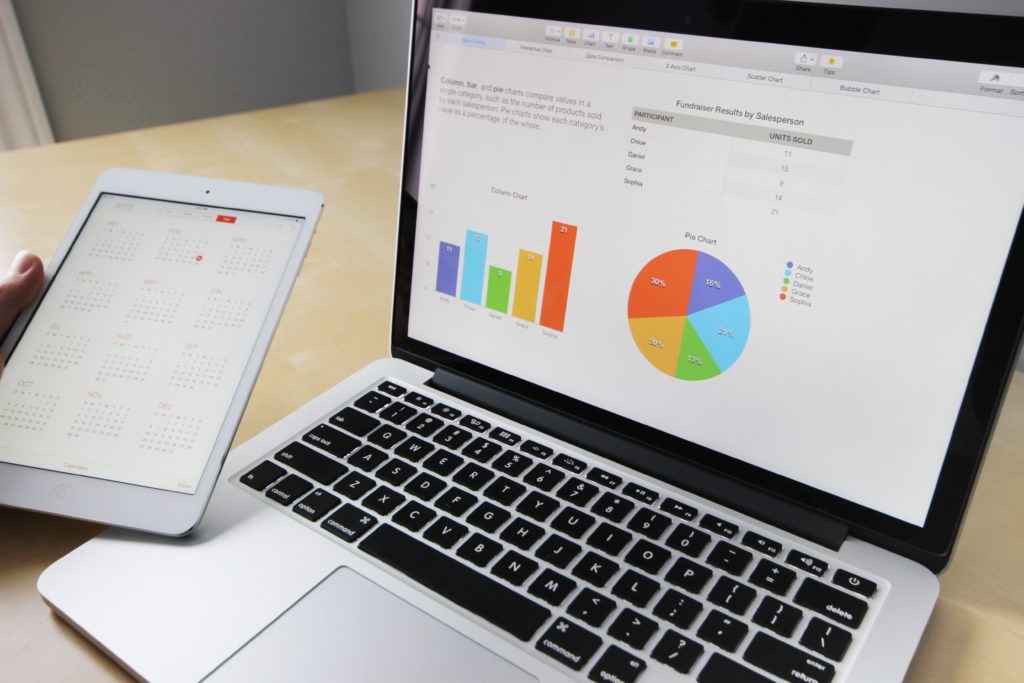In today’s world, our most valuable asset is no longer a precious metal, a diamond – or any form of fiat currency. In fact, it’s not even a physical product that you can hold. But it’s certainly worth far more than any of the aforementioned items.

What are we talking about?
Data. No doubt, our most precious commodity at this point in time is data. But, no matter how precious this data is and how much it’s revered – or how far companies will go to obtain it – it’s not a tangible asset that an organization can measure with a clear value financially. So, where does this leave us? Certainly, companies who have LOADS of data could – on paper, be worth more than what they’re estimated – thousands of times over – if only a uniform method existed to measure the value of data.
Other digital items have certain frameworks for determining their value – even IP can receive a designated worth. Well, why can’t data? What’s the catch?
What’s the deal with data?
Data can do anything any other tangible asset can do – it has all the characteristics. We can move it, store it, and measure it. It’s bought and sold (in the form of different client lists and information – legal or otherwise). For the latter (otherwise), the price that some individuals are willing to pay would make you sick – all in the name of information. But what you can do with that information…is powerful.
Surrounded by data
Every day you wake up, you’re surrounded by data. All data about you is measured and stored – traded, bought, and sold – during every hour of every day. Data is captured on website forms, email lists, social media sites like Reddit and Facebook, platforms like Robinhood App – and any other mobile app, for that matter. All of this VALUABLE data IS constantly moving – it doesn’t disrupt, and we are rarely aware of it’s change of hands or existence at all.
But globally, companies everywhere sink billions into the handling of data because they know it’s a precious resource. The question begs – how can they be sure when their billions of investment dollars have returned to manifest as a positive return?
Defining data
At the core of the term, data is defined as strands of information converted to symbols, letters, numbers, or any other identifying symbol that can be transferred and altered by a computer. Literally, anything that’s identified using letters, numbers, and every symbol in between – is considered data.
In today’s world, hot ticket data includes things like what we buy online, the stuff we search for, how much time we spend on a website, and how we interact with applications and other platforms.
So, in the business world, how do we break down data into a measurable way to understand how much of a financial impact it has??
Measuring data
All data has a lifeline. It doesn’t necessarily ever die – but it does have a defining lifeline that measures its purpose or what it’s been used for. So from a business standpoint, all of this raw data must be converted into some type of valuable information in a context that has a purpose within any organization or business. Are you following?
When this transfer is made, this information is then used to make a certain decision regarding your organization – and the result is either a gain or loss – of revenue.
Understanding the way data works in a business setting – the only way you can truly measure it is to find out exactly HOW a company uses a particular form of data. Are they using data to lower the costs of certain operations? Are they using data to forecast things and increase revenue? Are they using data to find out what caters to their audience to generate income? Get it now?
But it’s not enough just to be aware of how they leverage data. Remember, everything comes with a price, and overhead must be covered. And yes, data has overhead. How, you ask?
Data must be captured, stored, prepared, converted, transferred, etc. All of these things cost money. So, the simple thing to do is to measure the total you’ve invested into acquiring and applying the data and subtract this from the monetary benefits you reaped from your hard work of preparing the data for its intended use.
Essentially, when you invest in data, you’re putting money back into your business. You’re betting on your organization. Did you know that way back in 1992, a rule was created to officially measure the way data and its price impacted your company?
Yep. It went like this: The cost was $1 to verify new data as it was captured, $10 if you don’t clean the data until it’s in your databases, and $100 if you use it without cleaning it up.
“What does that even mean?”
Basically, what was being stated in a round-about way, was that it’s cheaper to guarantee the input of top-tier data than to correct it once the data’s been quantified. This is critical when you compare a human looking for potential errors compared to a mobile app or advanced algorithm using the data, causing it to disrupt every output and workflow beyond the output of this dirty, disgusting data.
Unhealthy data is worthless
The value of data is relative to the company that needs it – and how accessible and “healthy” it is at the time of need. Prepared in the correct manner, data is invaluable to your company because it does things like optimize your collaborative efforts within your company and between departments – or any relationship for that matter. This can be with customers, partners, vendors – it doesn’t matter.
And, the most obvious, you can boost your efficiency and productivity by relying on automated tasks created by…DATA! In the end, the price of data…is…..relative. It’s almost like a ransom situation. Seriously.




Leave a Reply